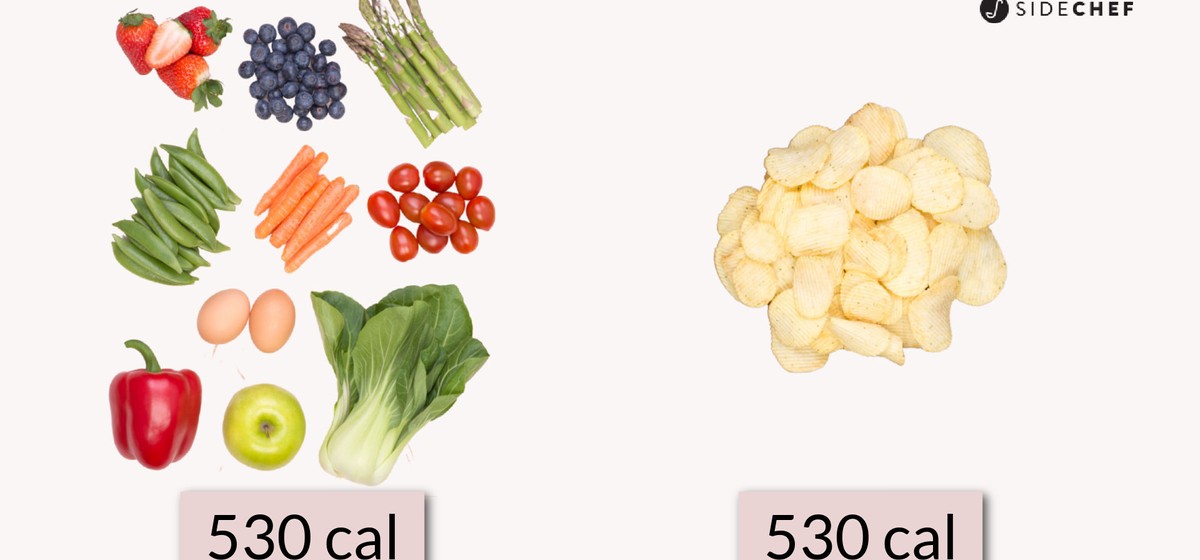“Discover the pros and cons of volume eating for weight loss as dietitians weigh in on this popular strategy. Learn how high-volume, low-calorie foods can affect your weight loss journey and get expert insights on whether this approach is right for you.”
Volume eating is a dietary strategy gaining popularity among those aiming for weight loss. By focusing on consuming larger portions of low-calorie, high-volume foods, this approach can make meals more satisfying without increasing caloric intake. However, like any diet strategy, volume eating has its advantages and limitations. In this blog post, we’ll explore what dietitians have to say about volume eating, including its benefits and drawbacks, to help you decide if it’s the right fit for your weight loss goals.
What is Volume Eating?
Volume eating involves filling your plate with large portions of foods that are low in calories but high in volume, such as vegetables, fruits, and lean proteins. The principle behind this strategy is that eating more food (by volume) can help you feel fuller and more satisfied while still consuming fewer calories.
Key Features of Volume Eating
- High-Volume, Low-Calorie Foods: Focus on foods that provide a lot of bulk without many calories. Examples include leafy greens, berries, and broth-based soups.
- Satiety: By eating larger portions of these foods, you can achieve a feeling of fullness and reduce hunger pangs.

Benefits of Volume Eating
1. Increased Satiety
One of the main benefits of volume eating is increased satiety. Foods high in water and fiber, such as fruits and vegetables, can fill your stomach and help control hunger. According to dietitian Lisa DeFazio, “Volume eating can be an effective way to manage hunger and reduce overall calorie intake without feeling deprived.”
2. Nutrient-Dense Choices
Volume eating encourages the consumption of nutrient-dense foods. Vegetables, fruits, and whole grains are not only low in calories but also rich in vitamins, minerals, and antioxidants. Dietitian Karen Ansel notes, “Incorporating a variety of high-volume foods can ensure you’re getting a broad spectrum of nutrients.”
3. Improved Hydration
Many high-volume foods, like cucumbers and watermelon, have high water content, which helps keep you hydrated. Proper hydration is essential for overall health and can support weight loss efforts by aiding digestion and reducing water retention.
Drawbacks of Volume Eating
1. Potential Nutrient Imbalance
While volume eating promotes healthy foods, it can sometimes lead to nutrient imbalance if not carefully planned. Overemphasis on low-calorie foods may result in insufficient intake of essential nutrients like proteins and healthy fats.
2. Possible Overeating of Low-Calorie Foods
It’s possible to overeat even low-calorie foods, which can still contribute to weight gain if consumed in excess. “Portion control remains important, even with high-volume foods,” advises dietitian Melanie C. Brown.
3. Sustainability and Satisfaction
Some people may find that the large portions required for volume eating can be less satisfying than smaller portions of more calorie-dense foods. If volume eating doesn’t fit your lifestyle or personal preferences, it may be challenging to maintain over the long term.
High-Volume, Low-Calorie Food Ideas
To get started with volume eating, consider incorporating these foods into your diet:
- Leafy Greens: Spinach, kale, and romaine lettuce
- Fruits: Apples, berries, and oranges
- Vegetables: Zucchini, cucumbers, and bell peppers
- Soups: Broth-based vegetable soups
- Lean Proteins: Chicken breast, tofu, and legumes
Expert Tips from Dietitians
1. Balance Your Plate
Ensure that your meals include a balance of proteins, fats, and carbohydrates. Dietitian Jessica Gavin suggests, “Pair high-volume foods with sources of protein and healthy fats to maintain energy levels and muscle mass.”
2. Listen to Your Body
Pay attention to hunger and fullness cues. Volume eating should complement your body’s needs, not dictate them. “Intuitive eating combined with volume eating can help you find a sustainable and enjoyable way to manage your weight,” advises dietitian Rebecca Lewis.
3. Plan Ahead
Prepare meals and snacks in advance to stay on track with volume eating. Having healthy, high-volume options readily available can help you make better food choices and prevent impulsive eating.

Conclusion
Volume eating offers a strategic approach to weight loss by focusing on high-volume, low-calorie foods to help manage hunger and support a healthy diet. While it has its benefits, it’s essential to consider the potential drawbacks and ensure that it aligns with your personal dietary needs and lifestyle. By incorporating expert advice and planning your meals, you can make volume eating a successful and satisfying part of your weight loss journey.
Related Articles
